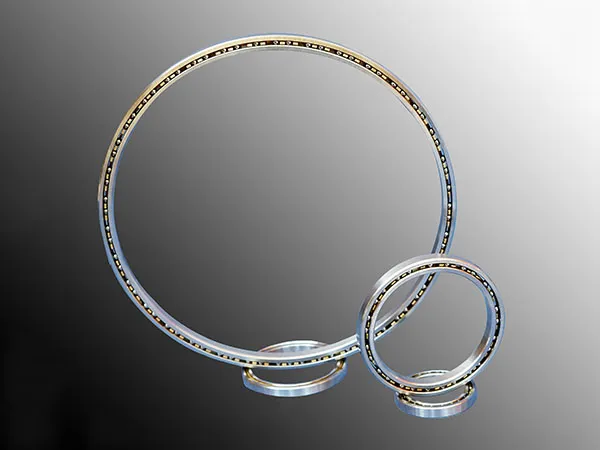Thin Section Ball Bearings: The Perfect Balance of Precision and Lightweight Design
In today’s fast-evolving industrial landscape, the demand for compact, lightweight, and high-precision equipment continues to grow. Among the many engineering innovations that meet these needs, thin section ball bearings have emerged as a preferred solution for engineers and manufacturers worldwide.
Unlike standard bearings, thin section bearings are not just smaller in size — they are engineered to deliver exceptional performance within extremely limited spaces, making them indispensable in modern precision machinery.
What Are Thin Section Ball Bearings?

As the name suggests, thin section ball bearings feature a significantly smaller cross-sectional thickness (both radially and axially) compared to traditional bearings of the same inner diameter.
This means the difference between the inner and outer diameters is minimal, resulting in a compact, lightweight bearing that still maintains high load capacity and precision.
Their unique structure allows engineers to reduce both the weight and overall dimensions of equipment without sacrificing strength or stability.
Key Advantages of Thin Section Ball Bearings
Outstanding Space Efficiency
Thin section bearings excel in applications where installation space is limited. Their compact profile allows for more flexible and efficient equipment design.
Lightweight Design
With less material required, these bearings are significantly lighter than standard options — a critical benefit for aerospace, robotics, and medical equipment where every gram matters.
High Precision and Stability
Despite their small cross-section, these bearings are manufactured with tight tolerances, ensuring smooth rotation, minimal vibration, and long-term operational accuracy.
…
For more detailed information on precision alignment technology for thin-section bearings, please click to visit: https://www.lynicebearings.com/a/blog/thin-section-ball-bearings-precision-lightweight-design.html


